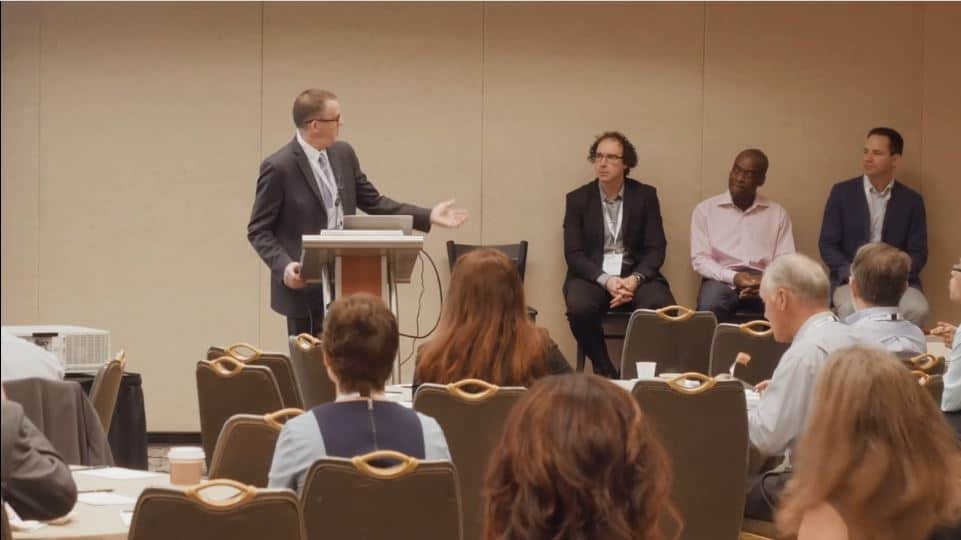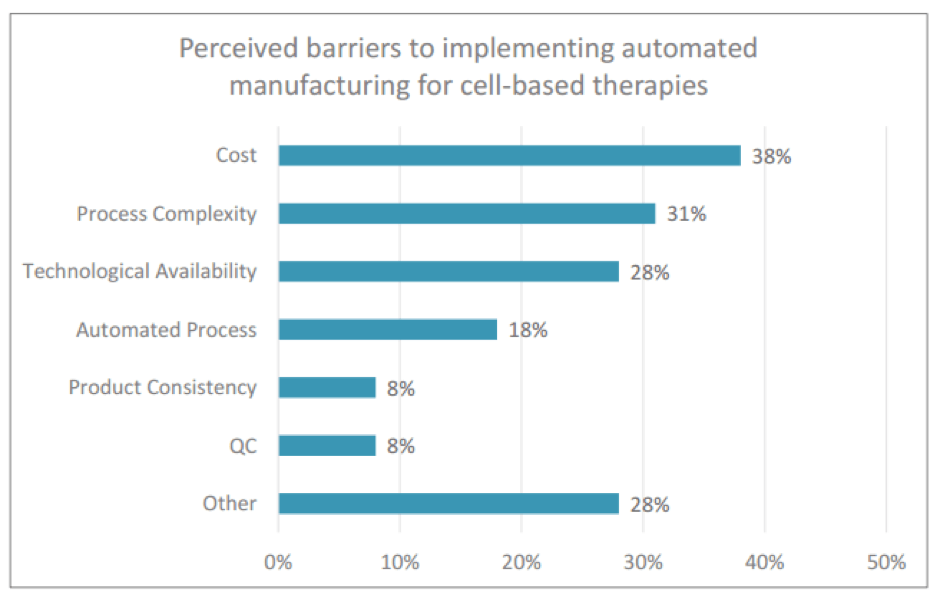Hauwaerts suggests establishing a framework used to define needs. At Celyad, they have been using the Target Product Profile (or TPP) approach. He points out that while mainly used for pharmaceuticals labelling and product claims, it helps define the process development required to progress your product to a manufacturable commercial scale.
Hauwaerts further explored the TPP approach when he stated, “in focusing on a TPP, ask yourself: what does the product, and the environment in which it will be placed, need? For example, is it a product that has value in being cryopreserved? Will you do multiple infusions? If the product has to be infused in a setting that has high capacity constraints, having flexibility is critical. But if your patients are in urgent need of product, a 48 to 96-hour shelf life means you can get it there quickly and fresh and so the cryopreservation step might not be useful in your setting. By ensuring there is no disconnect between clinic expectations, sales and marketing, what you develop will be the most appropriate product for your circumstance.”
Another example that can be driven by the TPP is cell selection, according to Hauwaerts. “Wanting cell selection for both CD4 and CD8 is a nice-to-have feature. But if your TPP says there is no specific requirement for both CD4 and CD8 cell selection, don’t do it.”
In closing, Hauwaerts sets everyone a challenge to dream big. Dare to challenge engineers, scientists and clinical teams to aim for a high goal.
“Set yourselves a far-reaching goal. It is better to aim for the stars and achieve 60 percent, rather than merely plan for next week and achieve 100 percent!”

